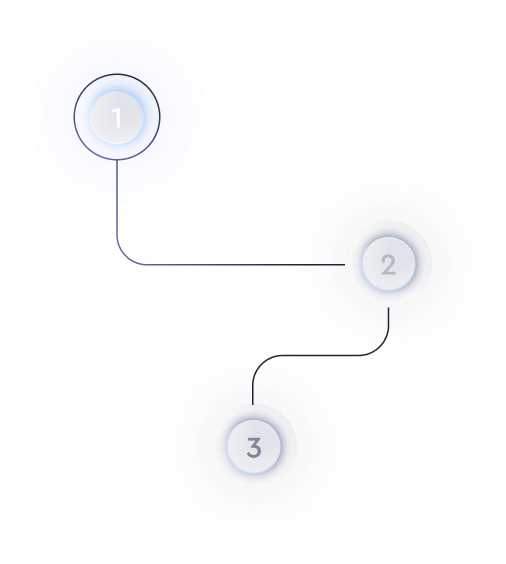Does using a headless CMS improve website performance?
Performance is a critical factor for websites as it directly affects user experience and engagement. In recent years, the adoption of headless content management systems (CMS) has emerged as a promising strategy for enhancing the performance of websites. But does using a headless CMS truly improve website performance?
Understanding Headless CMS
A headless CMS decouples the backend, or content repository, from the frontend, which is the presentation layer. Unlike traditional CMS, which manages both, a headless CMS functions solely as a content database accessible via APIs.
Advantages of Headless CMS for Website Performance
There are several noteworthy performance enhancements that a headless CMS can bring to a website:
- Faster Content Delivery: By serving content via APIs, a headless CMS allows for speedier and more responsive data retrieval. This approach often results in reduced page load times.
- Optimized Bandwidth Usage: A headless CMS can deliver only the essential data needed for page rendering, optimizing bandwidth usage which can significantly improve load speeds for end-users.
- Scalability: Because frontend and backend are decoupled, scaling a website is easier and more efficient. You can update or expand each layer without affecting the other, leading to more consistent performance.
Flexibility in Frontend Technologies
A significant benefit of using a headless CMS is the freedom it provides in choosing frontend technologies. This flexibility can directly influence performance:
- Modern JavaScript Frameworks: Leveraging modern frameworks like React, Vue.js, or Angular, developers can create highly optimized and fast-loading user interfaces that are directly fed by the headless CMS.
- Progressive Web Apps (PWAs): The architecture of headless CMS supports the development of PWAs, which can offer native app-like performance with offline capabilities and quick load times.
Reduced Server Load
Because a headless CMS only handles the content, not the rendering, the server load on the CMS is reduced. This reduction can have several benefits:
- Reduced Response Times: With less processing required on the server-side, response times can be quickened, improving the overall performance of the website for end-users.
- Enhanced Resource Management: The server can focus resources on database management and content distribution, leading to more efficient use of server resources.
Consistent User Experience
With a headless CMS, developers can ensure that the user experience is consistent across various platforms and devices. This consistency is crucial for performance:
- Unified Content Delivery: APIs allow for the same content to be efficiently delivered to web, mobile, or any IoT device, ensuring that the performance is uniform and optimized for each platform.
- Parallel Development: Teams can work on the frontend and backend independently and in parallel, allowing for faster iterations and optimizations that benefit performance.
Conclusion
While adopting a headless CMS is not a universal solution for all performance challenges, it offers substantial benefits in terms of speed, flexibility, scalability, and efficiency. When implemented correctly, a headless CMS can significantly improve website performance by enabling faster content delivery, optimizing resource use, and providing a robust foundation for modern web development. Ultimately, the performance benefits hinge on diligent development practices and the strategic selection of technologies that complement the headless CMS architecture.

